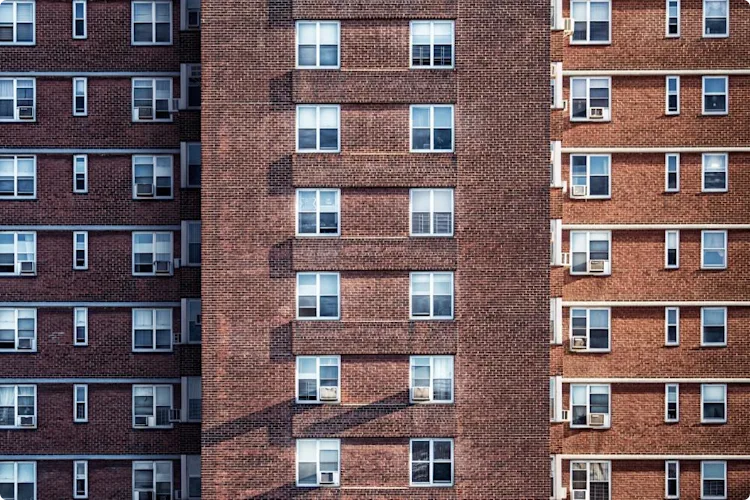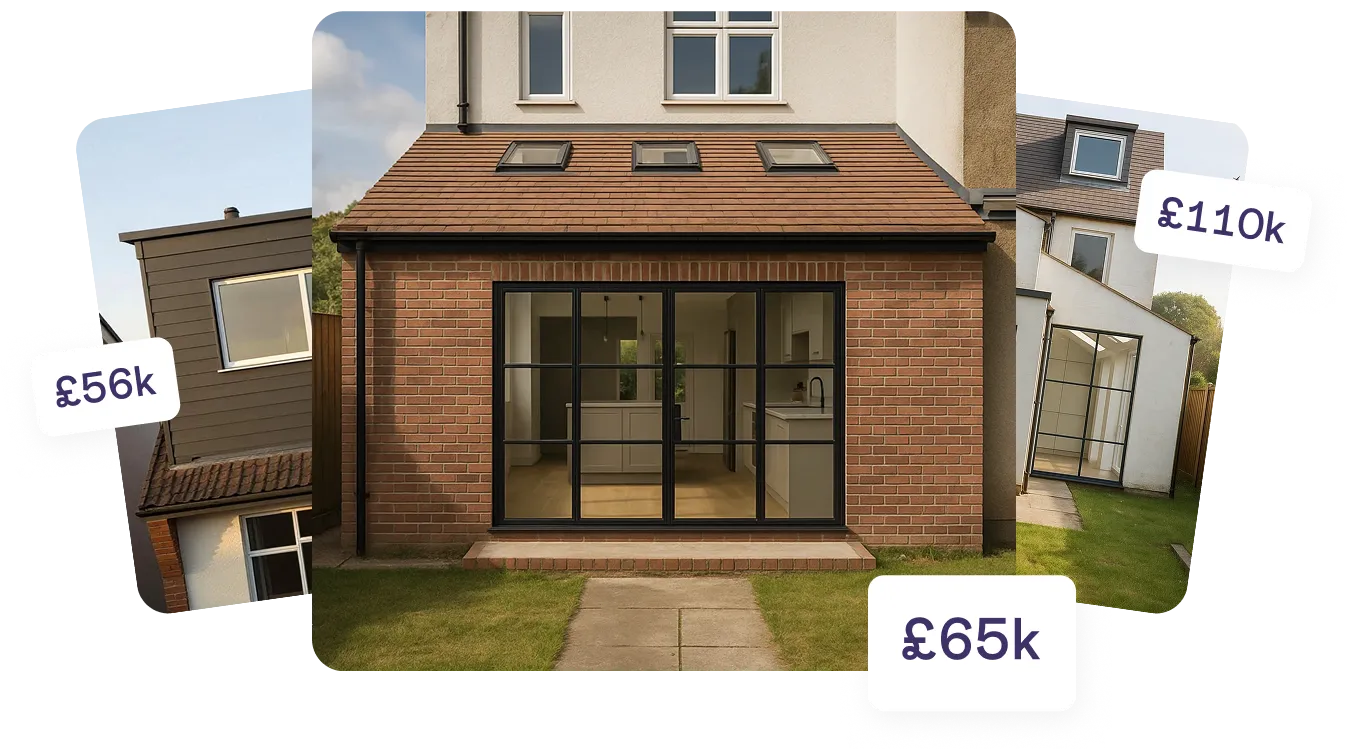Freehold
As freeholder of a property, you own it outright and that includes the land it’s built on. Generally speaking, most houses are freehold, unless you’re using a shared-ownership scheme.
Why a freehold is preferable:
- Easier to get a mortgage than with a leasehold.
- Ownership of your property is indefinite.
- You don’t have to report to a landlord.
- There’s no ground rent.
- You’re in control of the services to the building you pay for.
Leasehold
When you buy a property with a leasehold, you only own it for the length of the agreed lease, which has been decided by the freeholder. Most flats and maisonettes are owned through a leasehold, especially in London. The main exception is in Scotland, where there aren’t many leasehold properties in general.
With flats and maisonettes, your lease will cover your property but not the building your flat resides in. This means you’ll have to pay service charges for the things like hallway maintenance, or garden upkeep.
What to bear in mind when buying a leasehold:
- How many years are left on the lease, renewing can be expensive and you’ll struggle to get a mortgage on any lease with less than 70 years left.
- Make sure your budget can handle the maintenance costs you’ll pay to the freeholder, also known as the landlord.
- You may also be asked to pay into a sinking fund, whereby everyone contributes to a pot of money in case any unexpected costs arise in maintenance.
- Resale. Even if you secure a mortgage now, depending when you sell, you’ll again have trouble if the lease has less than 70 years to go.





